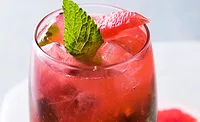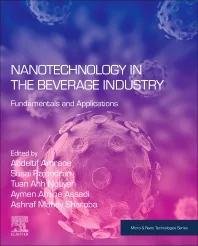Ingredient Spotlight
Citrus continues to help beverage-makers reach on-trend profiles
Regional, exotic flavors emerge across categories

Image courtesy of Getty Images
Known as an author and educator, American chemist, biochemist, chemical engineer, and recipient of the Nobel Prize in Chemistry in 1954, the late Linus Pauling once said: “I believe that you can, by taking some simple and inexpensive measures, lead a longer life and extend your years of well-being. My most important recommendation is that you take vitamins every day in optimum amounts to supplement the vitamins that you receive in your food.”
Today, as people are increasingly seeking out ways that proactively support overall well-being, experts note that consumers are more attentive to the ingredients included in their beverage purchases.
“Specifically, among the top ingredients that consumers associate with supporting immune function, vitamin C is tied for the top place, along with protein, iron and probiotics,” says Micah Greenhill, beverage marketing director at Chicago-based ADM.
At the same time, as many consumers associate citrus with vitamin C, citrus ingredients in products that contain vitamin C continue to draw attention, Greenhill says.
“Beverage brands can leverage citrus to build consumer-perceived clean-label and premium products,” he explains. “Those that also transparently share where citrus ingredients are sourced from will find favor with the conscientious shopper.”
In its report, titled “Citrus Market Forecast 2021-2031,” London-based Future Market Insights (FMI), notes that, as demand for authentic and natural products is gaining ground, citrus flavors are capturing the attention of consumers due to these flavors’ nutritional value.
According to the report, the citrus flavors market value is estimated at $2.98 billion in 2021. The FMI study also projects the citrus flavors demand to surpass $4.9 billion by 2031, growing at a compound annual growth rate (CAGR) of 5.2% for 2021-31.
“The market rose at a CAGR of 3.6% between 2016 and 2020. Forecasts for growth remain optimistic, with the citrus flavors sales predicted to grow at a CAGR of 5.2% between 2021 and 2031,” it states. “Major food and beverage companies are stockpiling products with citrusy flavors.
“Product development and innovation are ongoing processes that have shaped the beverage industry,” it continues. “Recent years have witnessed the introduction of new beverage concepts such as infused beverages, functional beverages, fusion beverages and flavored water, among others.“
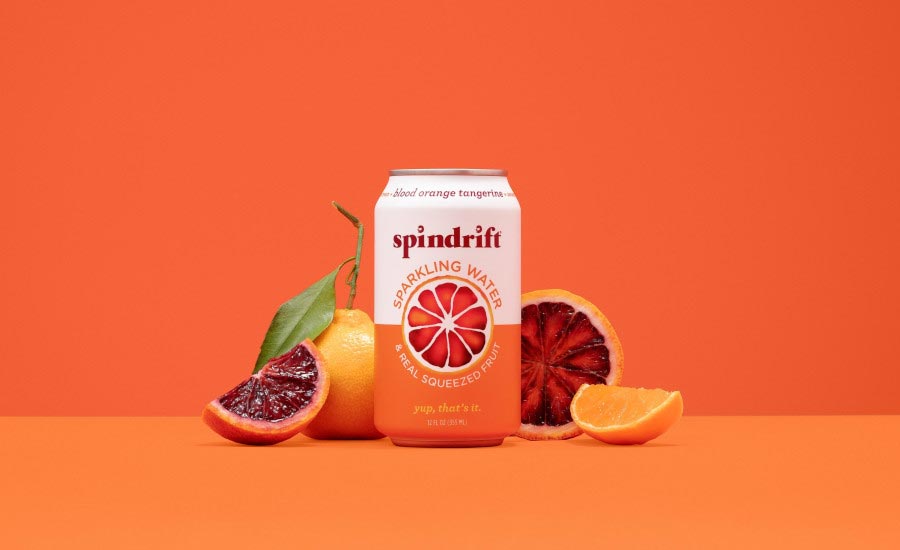
Image courtesy of Spindrift
Citruses’ captivating appeal
Although tried and true citrus flavors such as orange, lemon-lime, pink grapefruit and blood orange continue to hold consumer attention, more regional and exotic flavors are emerging, notes Jennifer Zhou, senior director of product marketing of North America at ADM.
As many shoppers still reach for timeless flavors when considering beverage purchases, red grapefruit and bitter orange also are “enticing consumers for their tart-forward notes, adding a bit of zing to sparkling waters, cocktails, juices and more,” Zhou says.
“Intriguingly, more regional flavors are emerging, especially as consumers are increasingly interested in knowing where ingredients and flavors are grown and sourced,” she explains. “Beverage brands leveraging regional citrus like Sicilian lemon and Valencia orange will find success with consumers seeking ingredient transparency.
“Adventurous citrus profiles are also coming into the limelight, with a focus on finger lime for its fresh and zesty profile, or yuzu for its intriguing mixture of sourness and sweetness with a lovely floral and fragrant quality,” she continues. “Consumers turning to more exotic flavors are enthralled by the opportunity to tantalize their taste buds with profiles from different regions.”
Further, as beverages specifically allow for fascinating citrus combinations, Zhou notes that exploration among formulators is typically more widespread.
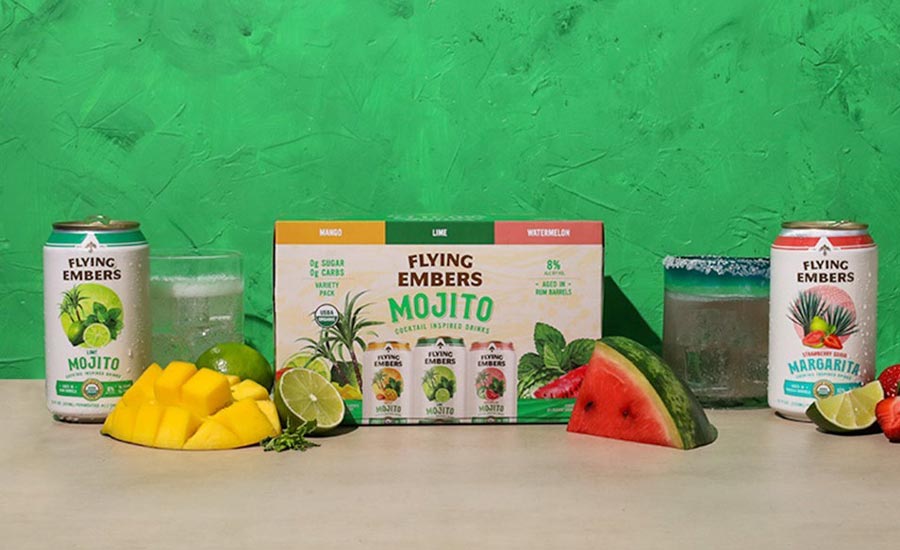
Image courtesy of Flying Embers
“Sourced from around the world and created through our cutting-edge, gentle cold extraction process and distillation techniques, we build each of these classic and emerging flavors with true-to-fruit authenticity,” she says. “[ADM’s] flavor experts pair our quality citrus varietals with nuanced flavor profiles, helping beverage manufacturers reach on-trend profiles and accelerate development of innovative drinks.
“Notably, fresh, natural pineapple is having a moment in the marketplace, and pairing the distinctly sweet, tart pineapple with bitter orange adds a new complexity to a classic matchup,” Zhou continues. “Bringing the intensity of finger lime together with crisp, cooling cucumber makes a complementary blend for refreshing hard seltzers or ready-to-drink (RTD) iced teas.”
Specifically in the cocktails and mocktails space, Zhou notes that vegetables also are popping up on the scene.
“Marrying the unexpected green sweetness of beets, carrots or peas with the tart and juicy notes from red grapefruit, yuzu or Sicilian lemon can create a delightful balance with surprising taste appeal,” she says.
Citrusy combinations extend across categories
As the low- and no-alcohol category is especially exploding with citrus-forward innovation, experts note that flavor extensions are gaining traction
“The acidity derived from citrus can help to mimic the ‘burn’ found in traditional spirit drinks, ADM’s Greenhill notes. “Sophisticated pairings of rosemary with blood orange or fennel with pink grapefruit lead to elevated zero proof elixirs.
“Bubbling up in the hard seltzer category are hard seltzer teas with the sparkling zest of lemon,” he continues.
In its article, “How is the hard lemonade trend evolving?,” London-based IWSR Drinks Market Analysis notes that, as consumer demand for refreshing, effervescent flavored drinks continues, beverage alcohol players are catching wind of it, launching their own versions of hard lemonade.
“The most prolific adopter is the hard seltzer category,” it states. “With flavor innovation proving to be a necessary way to extend the longevity of the category, there are now a number of hard seltzer brands that are channeling the tart, citrus-forward flavors of lemonade.
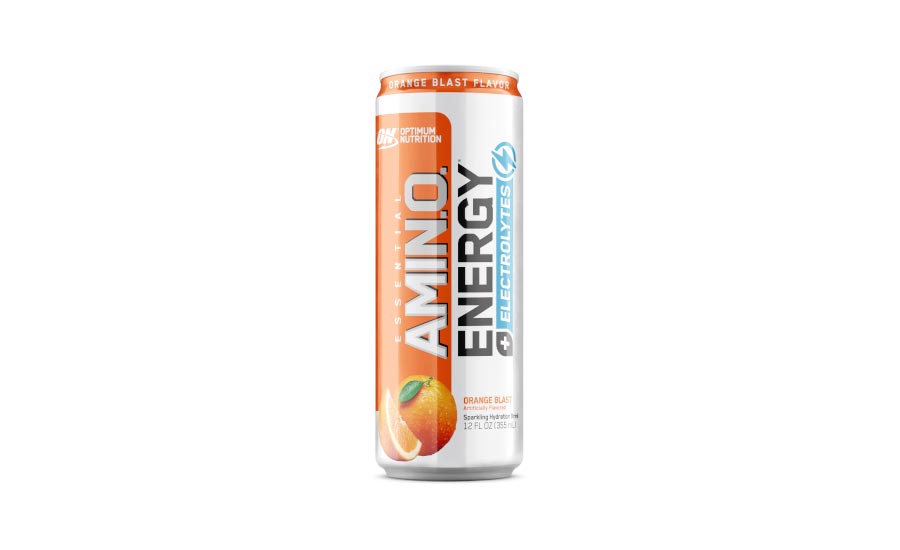
Image courtesy of Optimum Nutrition
“Other hard lemonade adopters are looking to stand out from the crowd by using vitamins or antioxidants and adding ‘all natural’ claims, which gives their products a functional edge,” it continues. “With large and small players alike moving into the hard lemonade space, the category is likely to further fragment into numerous sub-styles. Some level of saturation is inevitable, but since IWSR data shows that consumers perceive RTD premiumization mainly through flavor and branding, hard lemonades present an opportunity for parent brands to enhance the perceived value of their products.”
Additionally, functional carbonated soft drinks that are low in sugar and contain a citrusy combination of pre- and probiotic ingredients are capturing consumers’ attention, ADM’s Greenhill notes.
“Pairings of ginger lime and watermelon grapefruit are helping to push these categories forward,” he says. “Plus, fantasy flavors are creating exploration in kid-friendly sparkling waters, such as lime and pine-like notes combined with fruit punch to emulate yetis.”
Moreover, citrus is prominently, represented in the energy drink category, Greenhill notes.
“New refined experiences are being developed for consumers seeking energy, with citrus pairing with tropical fruits and dark berries,” he says. “Plus, citrus notes found in classic cocktails, such as mojitos or mimosas, are being brought into energy drink development, leading to elevated flavor experiences in new energy drink offerings.”
Further, as health-conscious consumers also are progressively shopping based on their values, Greenhill notes that, they not only want products that are good for them, but also for the planet.
“With that, consumers are desiring more information about how and where their food and beverage purchases are produced, honing in on ingredients derived from natural sources,” he says. “Plus, many consumers say that simple, recognizable ingredients impact their purchasing decisions. Citrus ingredients can help check these boxes for consumers, as most citrus, from orange and lemon to red grapefruit and finger lime, are perceived to be ‘closer-to-nature’ by consumers.”
Overall, as consumers take more proactive measures that support well-being, the demand for citrus is anticipated to remain steady, Greenhill says. “Particularly in functional beverage offerings that incorporate whole citrus fruits,” he concludes.
Looking for a reprint of this article?
From high-res PDFs to custom plaques, order your copy today!






